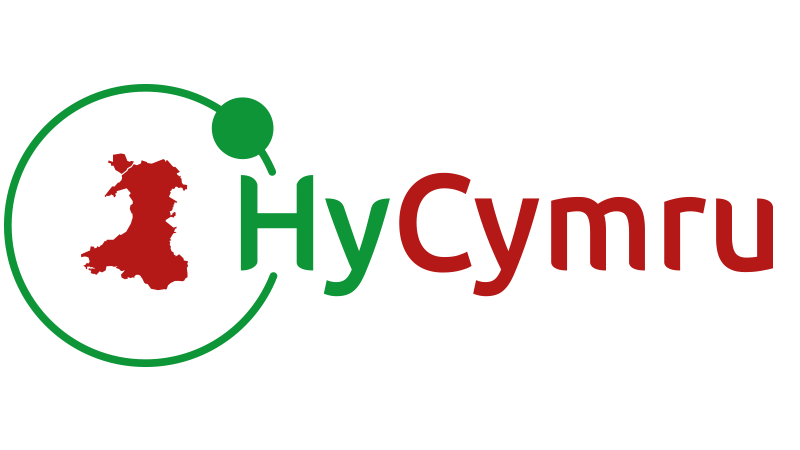
Why ‘green’ hydrogen could help meet net-zero targets by 2050 Kate Evans Capital Law
With growing public pressure, last year the UK Government became the first major nation to pass a net zero emissions law, with the goal to bring all greenhouse gas emissions to net zero by 2050.
This ambitious target raises some important questions about how the UK’s housing industry needs to adapt, to play its part.
Moving forward, not only do we need a revolution in how we construct homes, but also in how we power them.
Hydrogen’s connection with fossil fuel has led many to write off its ability to be “green”, as it is often viewed as a by-product of “brown” energy generation techniques.
But there are reasons to believe that there is a strong future for hydrogen in the UK’s housing green energy mix, especially as a heat source.
Roughly 85% of UK homes have natural gas central heating and advancements in the production of zero carbon hydrogen through the process of ‘electrolysis’ – using electricity to split water into hydrogen and oxygen – enable the development of innovative approaches that could ensure that green hydrogen becomes a key part of the natural gas supply mix that heats our homes.
At the start of 2020, it was announced that zero carbon hydrogen gas had for the first time been injected into the UK gas network, as part of a green energy pilot at Keele University by gas distribution network firm Cadent.
This project saw the natural gas supply at the university blended with 20% zero carbon hydrogen*.
The project – known as HyDeploy – is the UK’s first live trial of hydrogen in a modern gas network.
Cadent has said that if a 20% blend were to be rolled out across Britain, it would reduce emissions of CO2 by six million tonnes – that’s equivalent to taking 2.5 million cars off the road.
Just a few months earlier, consultancy firm Environmental Resources Management (ERM) received a £427,000 grant from the UK Government – as part of its £20m Hydrogen Supply Programme – to develop a project, with French energy company Engie, which looks at producing green hydrogen from offshore wind.
Using semi-submersible units**, ERM claims it can produce 800 tonnes of hydrogen each year per unit, which will be exported back to shore via a pipeline.
The units do not require an external power source. The scheme is also scalable, with a 400-turbine farm having the capacity of 4GW, which would produce over 320,000 tonnes of hydrogen per annum.
This is enough hydrogen to heat 1.5 million UK homes.
These two projects show the huge potential promise for the introduction of green hydrogen into British homes.
If the UK Government continues to embrace green hydrogen projects, the UK can certainly make strides towards its commitment to bring all greenhouse gas emissions to net zero by 2050.
In the meantime, it will have to use the existing gas supply structure already available and work in partnership with housing developers to design homes that have the capacity to support the use of hydrogen as a main energy source.
As green hydrogen technology progresses and enters the market, it may bring more opportunities to retrofit existing homes. Could we even be looking at a future where all homes have their own electrolyser?
The potential is there. It’s what we do next that counts.
* The 20% proportion was chosen because it’s an optimal blend that won’t affect gas pipes and appliances.
**The 10MW semi-submersible (floating platform) unit has an integrated wind turbine with PEM electrolysis and desalination facilities.

